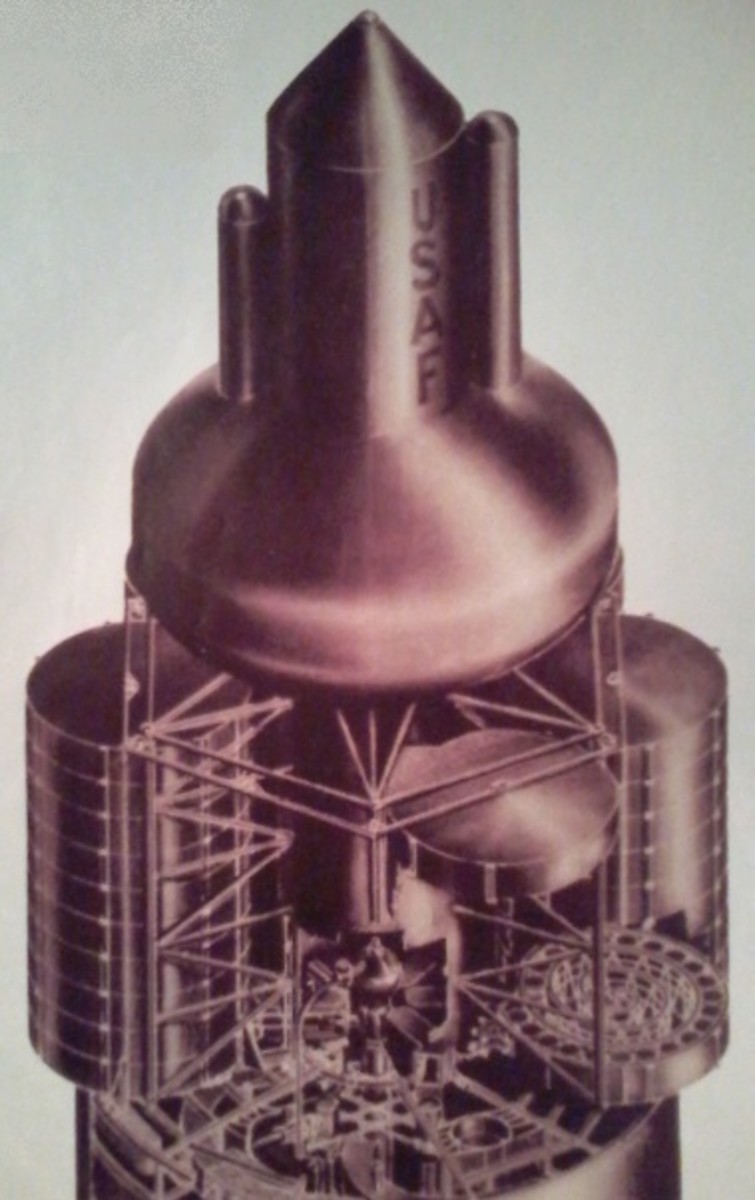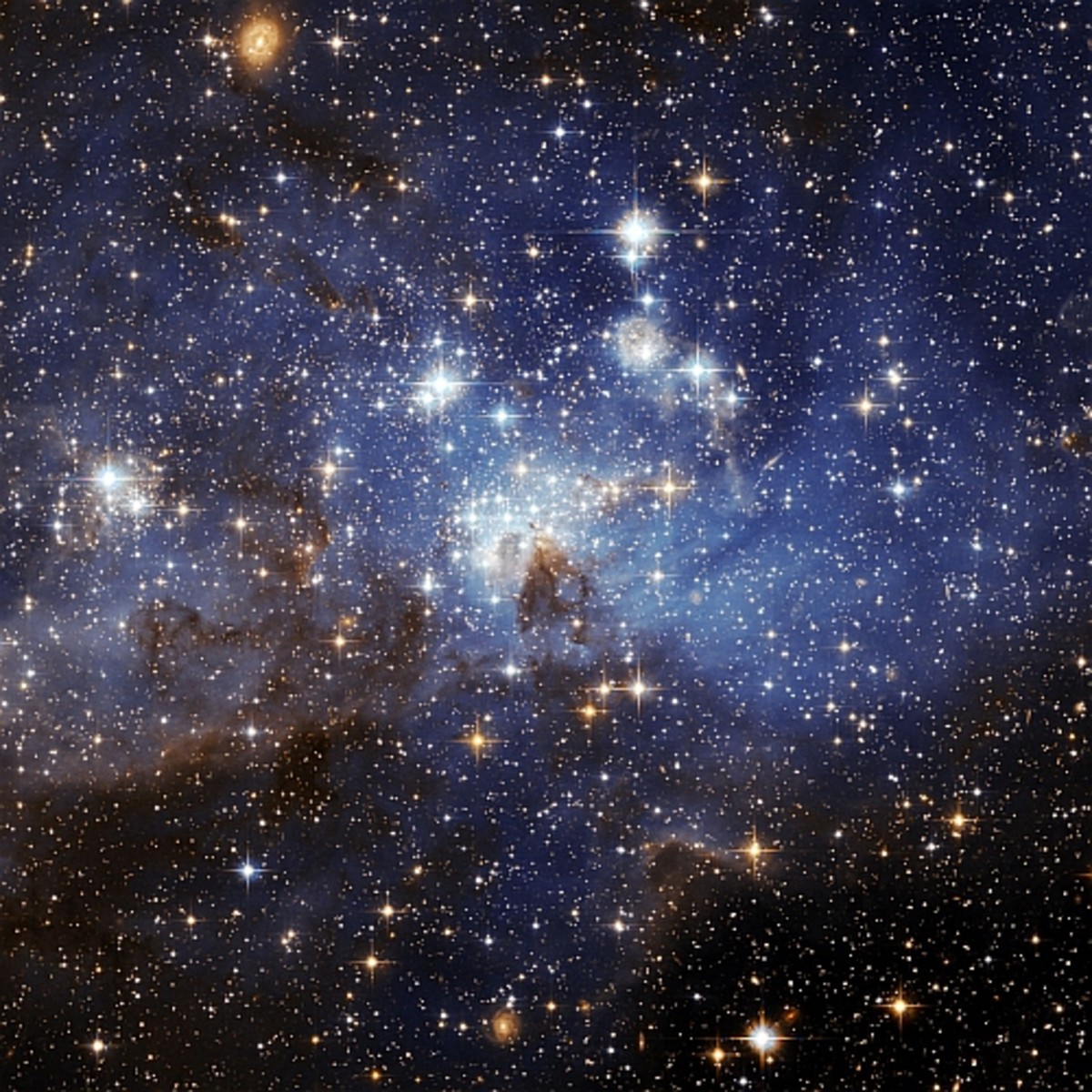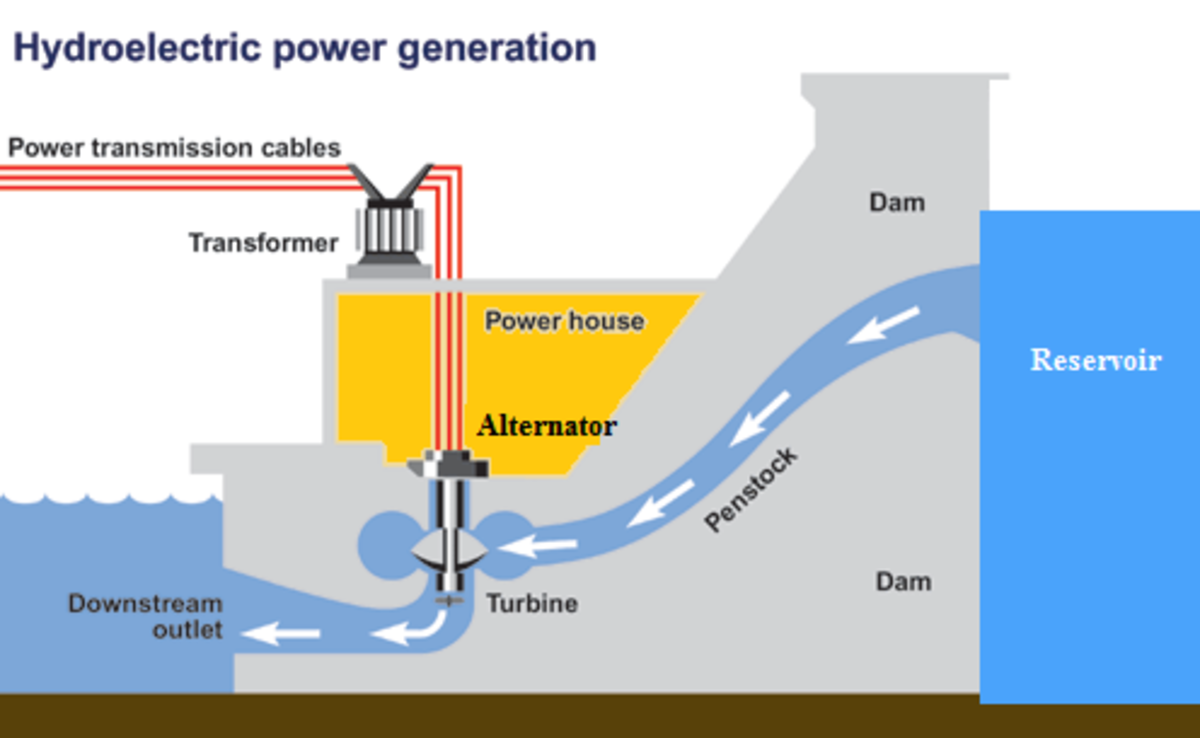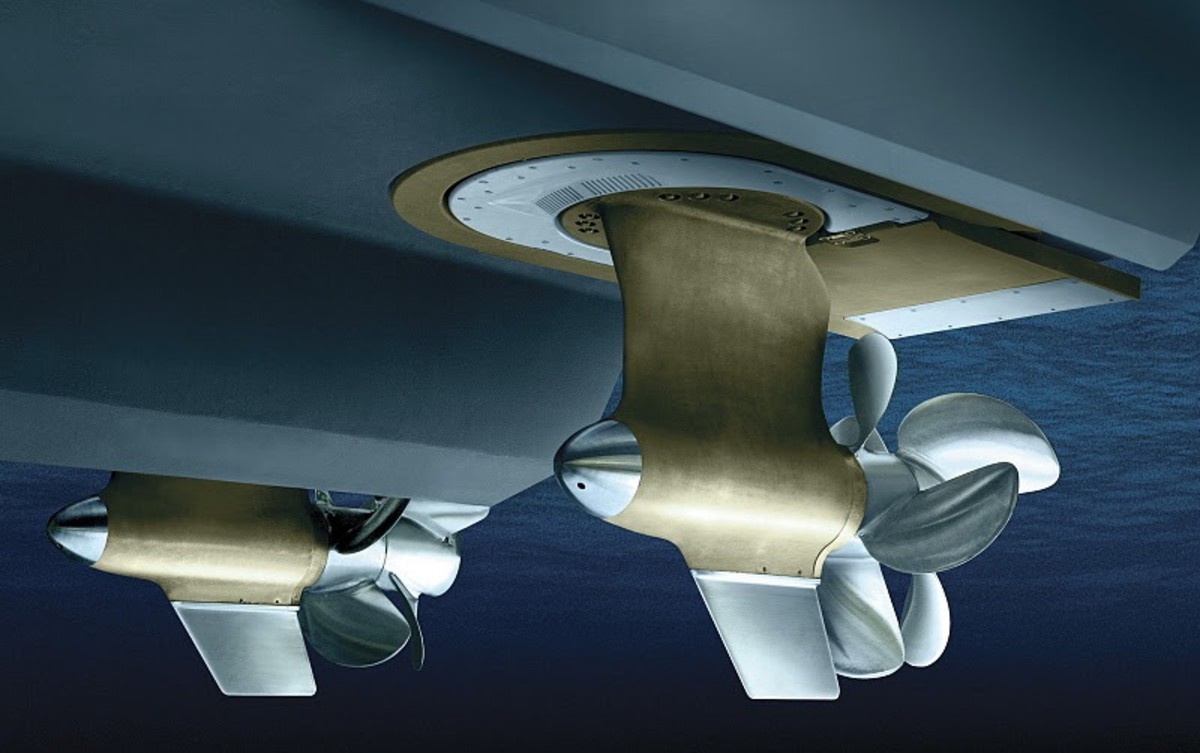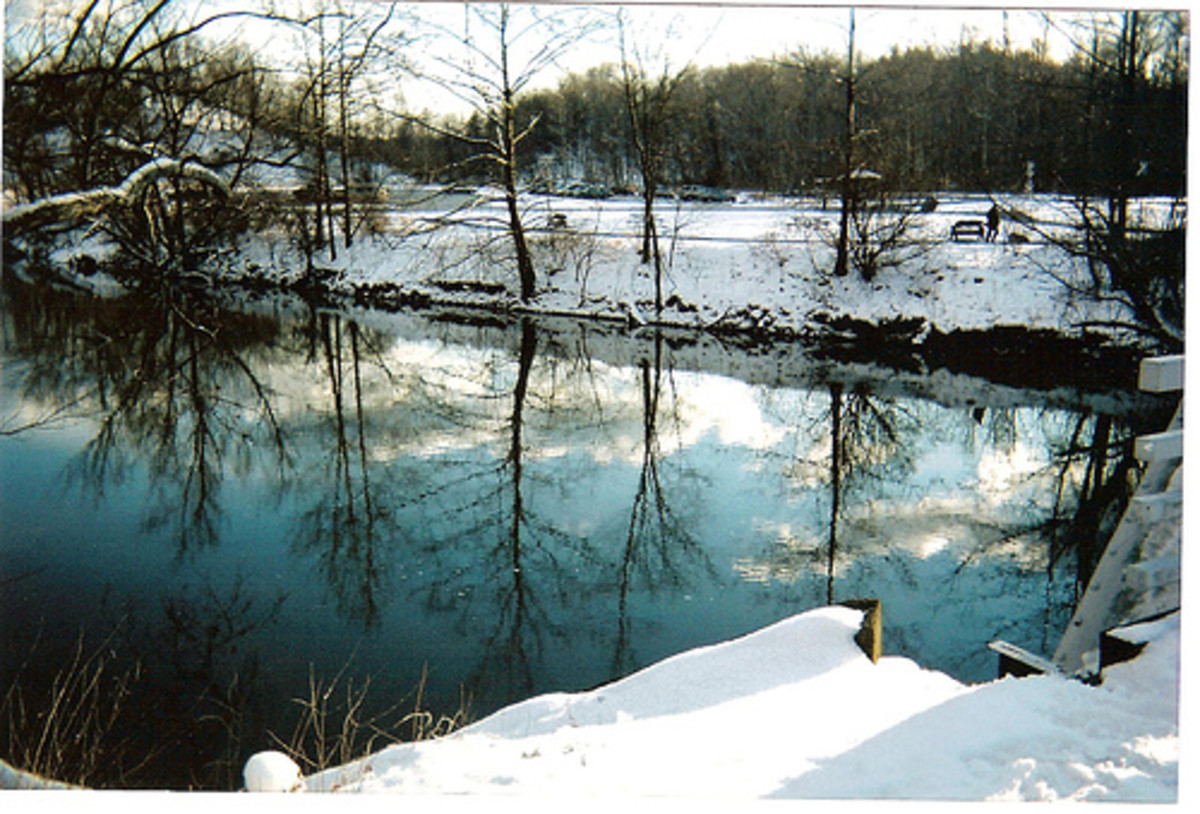Low cost, self sustaining space habitat and spaceship
Introduction
First of all, I am not trying to propose a spaceship that goes to other stars. My proposed spaceship doesn't have warpdrives and things like that. I will try to propose a spaceship that alows people to live in space, and move along in space (although slowly). Of course there are secret space programs where stellar flying saucers have been built. I will try to draw everything out so that it is cheap and practical, (yes Star Trek Voyager, and Enterprise are beautiful, but are not practical now. Also I will not go in to much technical details, just the general concepts. At the end of this article I welcome all suggestions. Once again, this ship, is a basic ship, for poor people, not some hyper-modern, rich people's toy; it could be upgraded and improved, the only issue really is just money, So, lets get to it.
Things needed
First lets get to the basic components and ammenities needed. Here is a list:
- food and drink
- sleep and rest
- recycling (oxygen, water, food)
- monitoring (space around ship, internals)
- power generation
- propulsion
- health maintance and healing
- living area, space
- entertainment, learning
- tools (everyday life, mechanic and electric repair)
I know, this list can be expanded, but for a basic, comfortable life aboard, It will do.
Examples and inspiration
Let's not fantisise, be real! It is best to take inspiration from existing real life (more or less) self sustaining environments. Here is a list of such below:
- nuclear submarines
- ocean cruisers
- space stations
- secluded, oceanic islands
Basics of the ship
I will not go into the optimal shace , size, composure of the spaceship, because that would give a limiting frame. Instead of building from the outside towards tha inside, lets do it in reverse; build the inside/interior first and then build a frame around it. Also we should focus on the everyday life aboard first, not the fancy stuff.
Food and drink
First things first, lets start with food and drink. Lets be realistic again, you wont have replicators (3D printers) aboard; even if the technology would exist, it would just increase the price of building the ship.
The first thing we need to realise is that we can eat and drink only what we produce. The easiest food to produce is fruits and vegetables, but primarily fruits, because they tend to have more liquid in them. Even better, if you do it in a controlled manner. So build a giant greenhouse. Plants need light, water, and proper soil to grow plants, in our case fruits and vegetables. There should only be plants that are edible, and some plants with different healing abilities, to save space, thus decrease cost of building the ship, no pretty flowers just to look at, but without practical use.
Light
There are two primary sources of light, our sun, and lamps. I think the top of the spaceship should be transparent, in other words, glass. This could be shaded so when we are not around the sun (that is in darkness) the lamps' light we want to go to the plants, wouldn't go out in space. This shade, could be made of the cheapest materials, not from expansive metal, the point is to shade, not to be very durable, you just have to be very careful with how you handle it, so you wouldn't break it.
Lamps could be energy efficient lightbulbs, either LED or Flourescent Light Bulbs. I think that LED is better, because it has less health hazards if they break. Obviously saving on energy (electricity), because we need it for other purposes also.
Regarding drink, the easiest if you don't drink, but eat lots of fruits, or at least fruit juices that you squeeze out of your food and vegetables.
Sleep and rest
It is a well known fact that there is weightlessness (0G) in space, and in space ships and space stations. Their heath effects have been also well documented. The two main problems they cause is the weakening of muscles, and bones. It has also been well documented that centrifugal force (sitting on the outer end of a spinned, long object) creates artificial gravity, and basicly the faster you spin it, the higher that artificial gravity. Because of that I think that the bed should be on the end of a long stick made of metal or a thick and dense wood. This bed would start spinning at increasing speeds, at first very slowly. by the time you fall asleep it would spin very fast say 3-4G. You should also take at least 1 nap each day, and sleep every day. It shouldn't be spinned higher then 5G because at 6-8G you would become unconscious. If you sleep 10-12 hours a day, this would compensate for the 0G environment during your active hours. Probably at first you need to take 3-4 naps and sleep each day. Gradually your body would adjust.
Obviously the bed would be in a cirlular shaped, dark room.
recycling food, oxygen, and water
Everyone is talking about recycling through different filters, and machines and the like, but noone talks about the simplest way to recycle, biological recycling. Instead of building pipes, why not build the ship inside the greenhouse? The carbon dioxide you exhale would be converted to oxygen right away by the plants all around you, if you work and live inside the greenhouse. When you eat your fruits and veggies, the unwanted parts (like the skin of the fruit) you just throw it in the trash can you are sitting next to, and simply empty it in the a compost container when the trash can is full. Of course the compost would be used to fertilise your plants.
Regarding water, you do need to build some pumps and pipes. When you go to the toilet, your urine and flush water should go to the soil of the plants; it is not needed to clean it, plants will do it for you. Feces are a bit trickier. They could be food source of fungi, that could break it down and so it could be used as fertilizers. Directly exposing feces to plant can have health hazards. Feces could alternatively, but less disireably be converted as an energy source through the methane gas in it.
There should be no bathtub, just shower, because the momentum of the motion of the running water could save energy on forwarding it into the plant watering system. Using bath tubs also tend to be much more wasteful on water.
Monitoring
The easiest way to monitor your environgment is to put lots of camcorders on the outside of the ship, and then forward their information through wires to computers and monitors. You don't need to much regarding monitoring space around, and the outside and inside of the ship. Probably the only monitoring device for the inside of the ships are automated fire extinguisers, but only at places where fire could occur. Of course, you can put more monitoring devices, but really what for, it would just increase the price of construction, remember the point is to make the ship as cheap as possible, so everyone could have one (unfortunately many people could only buy one only through charitable donation).
Power generation
The best and simplest is to completely cover the exterior of the ship with solar cells. This would be the main source of power generation, as it is pretty much renewable. You could have other sources of energy just for backups, if solar doesn't work for some reason. It is also of vital importance to always save on energy and use appliances and computers only when absolutely needed, otherwise only have the life support devices and systems turned on.
Propulsion
The most energy efficient, and possibly the easiest and thus cheaper is solar sails. Of course, solar sails have disadvantages, like providng low thrust, thus low speeds, but again, the point of this spaceship is to be as cheap and accessible for the masses as possible. Also solar sails have very low energy source far away from the sun, but on the other hand by that time the spaceship has gathered enough momentum, and obviously in space there is virtually no friction to slow it down. Also, when the solar sails are closed around the ship, it could also provide some protection to the ship.
There should also be a two other tiny propulsion systems, but only for backup, if the solar sail doesn't work.
Health maintainance and healing
Even on earth, generally speaking, (there are exceptions of illnesses like cancer, and many others), eating lots of fruits and vegetables, drinking lots of water, exercising, and plenty sleep will maintain health. Since you will have fresh and organic fruits and vegetables. Since you need to make up for the 0G environment, you will need to sleep a lot in your high G bed. Also, because you are in an eclosed, controlled environment inside the ship, there will likely not be new viral or bacterial desease aboard.
Living area, space
Sources say that at least 1.2 acres are needed to maintain the current annual American dietary standards. 1.2 acres are 52272 feet2 (4047 meters2), so that is the least amount of floor area for food production alone. Let's round it ups to 60000 feet2 (5600 meters2)
Living and working area on the space ship consists of the following rooms:
- gravitiy bed room
- toilet
- shower room
- computer and pilot room
- propulsion, and power generation (for the alternatives)
- storeageroom (manual, spare parts, etc.)
Roughly speaking the front and back sections of the space shuttle are about 800 feet2 (80 m2); this does not include the middle section for cargo, only the sections that include the pilot, propulsion, machinery and such. Let's just round it up and have 1000 feet2 (100 meters2) for the total living and working area.
Adding up the plant area, and living and working area you get the following:
60000 feet2 (5600 meters2) + 1000 feet2 (100 meters2) = 61000 feet2 (5700 meters2)
So the total square area of the space ship is 61000 feet2 (5700 meters2) if there is only 1 person on board. Due to sleeping time and social and technical reasons there should be at least three persons on board. that means you basicly need to increase the food production area only by three fold giving you a total area for the space ship of 3 person at:
180000 feet2 (17000 meters2)
Of course, if you increase the size of the ship to accomodate more people, the cost per person will go down.
Entertainment and learning
People on board should be spend a lot of time in memorising and learning manuals and books on mechanics, IT, botanical, and science on a wide variety of topics. These would help them in growing their food, and repairing things that would not work. Note that they should be phisical books, not e-books, because they consume less energy.
For social entertainment, they should work out, meditate, and play board games (for example magnetic chess). Again note that no computer and console games should be there, because they consume energy.
launch
It could be launched by conventional propulsion where the sphip would go up slowly at an angle to dicrease heat from friction, after all there is no rush; if you go in space to live there permanently, you only need to leave earth's atmosphere only once.


